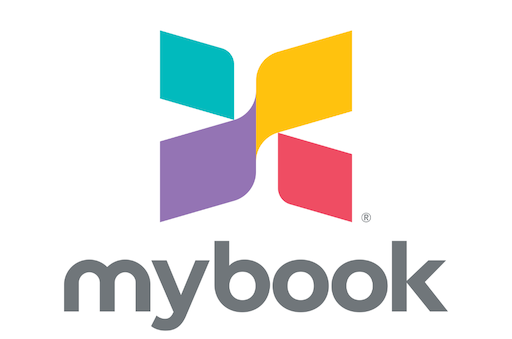Search advertising is a digital marketing strategy that allows businesses to place ads on search engine results pages (SERPs). These ads appear when users search for specific keywords related to the products or services being offered. The primary goal of search advertising is to attract traffic to a website by directly targeting users actively searching for relevant information, products, or services.
Where Can You Do Search Advertising?
Search advertising can be conducted on various platforms, with Google Ads being the most prominent due to Google’s extensive reach. Other search engines like Bing and Yahoo also offer search advertising opportunities through their own advertising networks.
Why is Search Advertising Important?
Search advertising is crucial for businesses seeking immediate visibility on SERPs. It allows advertisers to reach potential customers at the exact moment they are expressing interest in a related topic or solution. This high level of intent makes search advertising an effective tool for driving qualified traffic, generating leads, and increasing conversions.
What are the Limits on Search Advertising?
Limits on search advertising include budget constraints, keyword competition, quality score requirements, and ad space availability. Advertisers must also navigate the complexities of bid strategies and adhere to specific platform guidelines and policies regarding ad content and targeting.
What are the Advantages and Disadvantages of Advertising?
Advantages of search advertising include immediate visibility, targeted reach, measurable ROI, and flexibility in ad spending. However, disadvantages can include high competition for popular keywords, the potential for click fraud, and the need for ongoing optimization to maintain performance.
About the Search Advertising Checklist
To navigate the complexities of search advertising and maximize campaign effectiveness, a comprehensive checklist is essential. This checklist covers everything from keyword research to performance analysis, ensuring that all aspects of search advertising are optimized.
Search Advertising Checklist
- Define Your Goals: Identify what you want to achieve with your search advertising campaign (e.g., increase sales, generate leads).
- Conduct Keyword Research: Use tools like Google Keyword Planner to find relevant, high-intent keywords for your campaign.
- Understand Your Audience: Define your target audience, including demographics, interests, and search behavior.
- Set a Budget: Determine your daily or monthly budget based on your goals and the competitive landscape.
- Choose the Right Bidding Strategy: Decide on a bidding strategy (e.g., cost-per-click, cost-per-impression) that aligns with your campaign objectives.
- Create Compelling Ad Copy: Write clear, enticing ad copy that includes your target keywords and a strong call-to-action (CTA).
- Optimize Landing Pages: Ensure your landing pages are relevant, user-friendly, and optimized for conversions.
- Use Ad Extensions: Incorporate ad extensions (e.g., site links, callouts) to enhance your ad with additional information.
- Implement Negative Keywords: Use negative keywords to exclude irrelevant searches and improve campaign efficiency.
- Target Geographically: Tailor your ads to target specific geographic locations, if relevant.
- Schedule Your Ads: Choose the best times to run your ads based on your audience’s behavior.
- Monitor Quality Score: Keep an eye on your quality score and optimize for relevance and landing page experience.
- Test Ad Variations: Create multiple versions of your ads to test different headlines, descriptions, and CTAs.
- Track Conversions: Set up conversion tracking to measure the effectiveness of your ads.
- Analyze and Optimize: Regularly review campaign performance and make adjustments to bids, keywords, and ad copy.
- Stay Updated on Platform Changes: Keep abreast of any changes to the advertising platform’s policies and features.
- Adjust Based on Competition: Monitor your competitors’ strategies and adjust your campaigns accordingly.
- Focus on Mobile Optimization: Ensure your ads and landing pages are optimized for mobile devices.
- Leverage Remarketing: Implement remarketing strategies to target users who have previously interacted with your site.
- Ensure Compliance with Ad Policies: Make sure your ads comply with the advertising platform’s guidelines.
- Use Analytics Tools: Utilize analytics tools to gain deeper insights into your ad performance and user behavior.
- Prioritize User Experience: Always prioritize the user experience, ensuring that your ads and landing pages provide value.
By following this checklist, advertisers can effectively plan, execute, and optimize their search advertising campaigns for maximum impact and ROI.
Ofcourse, it’s not the end of the world and improvement can be done, therefore please contact me for requests and suggestions.
Stay Updated, Follow me on Social Media:












